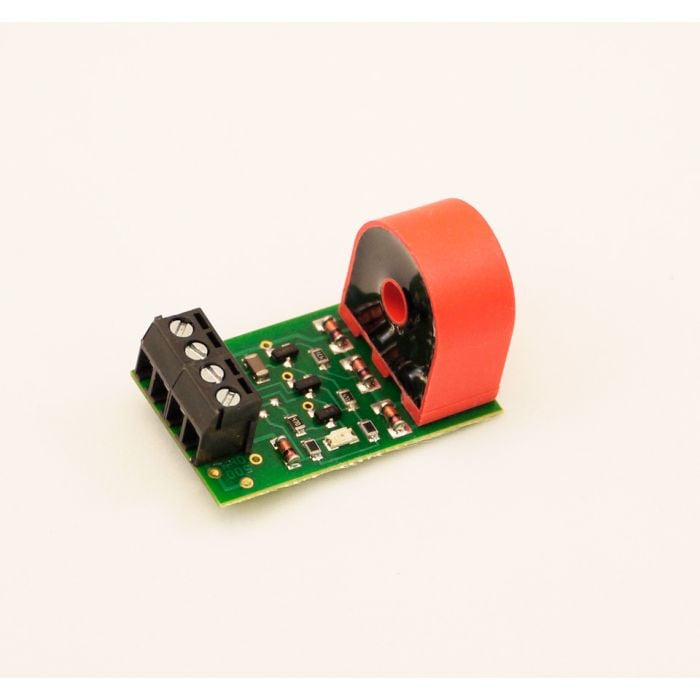DCC users have been using a current-sensing detector for some time. Basically, one of the track feeds on an insulated block is fed through a coil on the sensor, and when an engine, track-powered lighted car, or "resistor wheel set" runs into the detected section, the current draw is picked up by the sensor from the oscillations within the coil from the track power, but the detector itself is NOT wired into the track power. These work for AC conventional power and for DCC (Square Wave AC). Has anyone tried this with DCS? If so, has there been any impact on the DCS signal? There are several versions available. The one below is made by NCE (Model BD20) and is available from several dealers like Tony's Train Exchange.

Thanks.
The track feed essentially acts as the primary for a transformer; the connections on the coil act as a secondary. In theory, you could "roll your own" and use a small step-down transformer to feed a circuit, but at $20 each, these detectors are ready-to-go and in a nice neat package.










